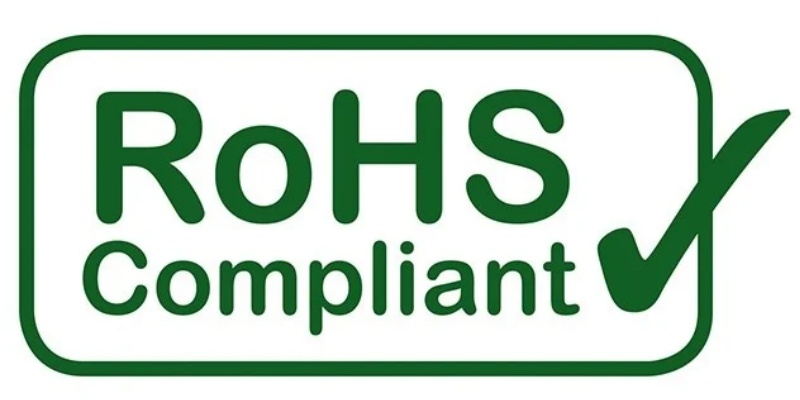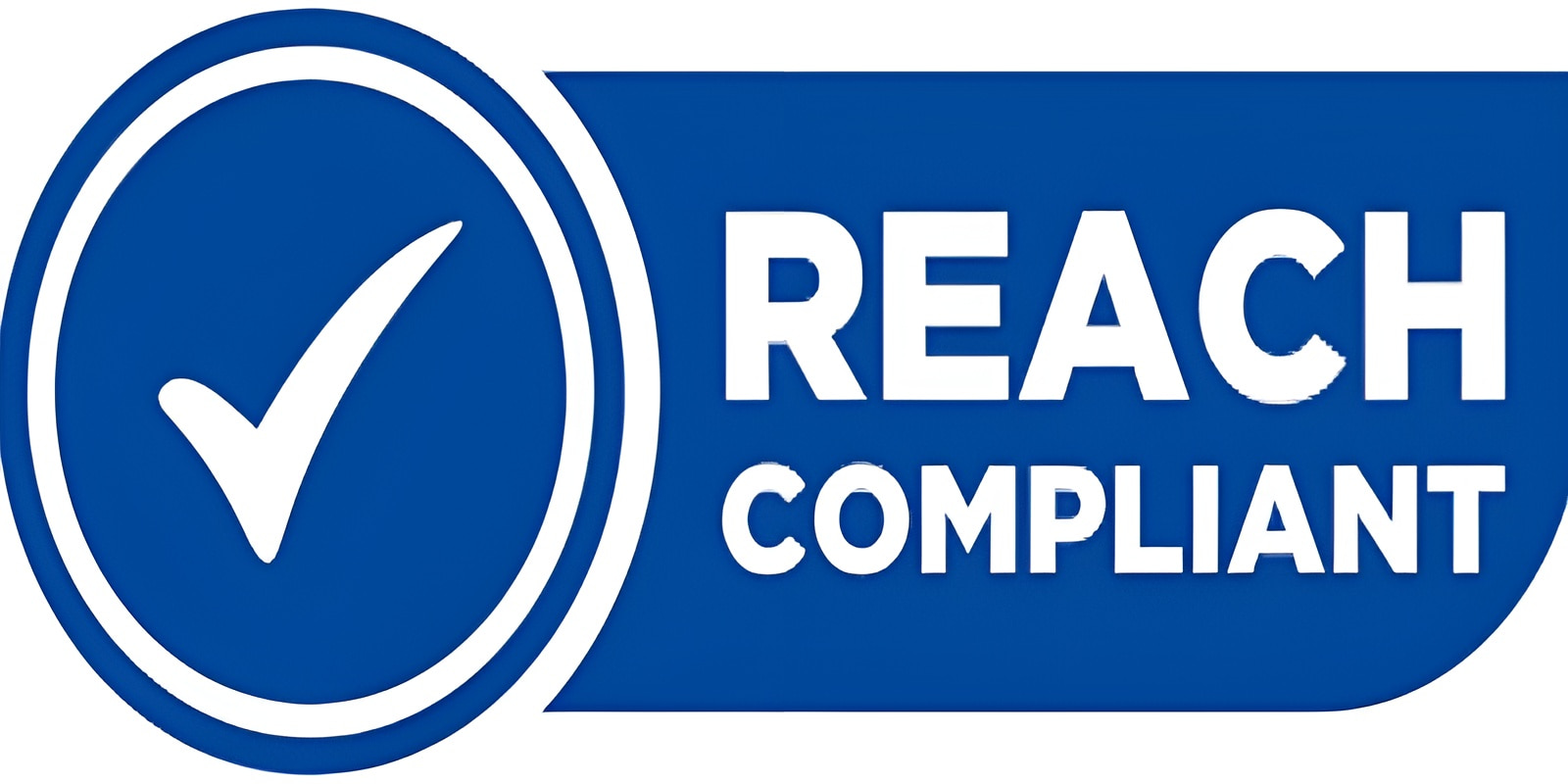 Hefei Super Electronics Co., Ltd.
Hefei Super Electronics Co., Ltd.
What Are You Looking For?
When sourcing magnets for international trade, focusing solely on price and performance is no longer enough. Environmental compliance has become a key requirement, especially in markets like the European Union. Two major regulations—RoHS (Restriction of the Use of Certain Hazardous Substances) and REACH (Registration, Evaluation, Authorization and Restriction of Chemicals)—impose strict requirements on the materials and coatings used in products, including rare earth neodymium magnets. Non-compliance can result in shipment delays, customs rejections, and even fines for distributors and retailers.
RoHS: Control of Hazardous Substances

The RoHS Directive restricts the use of certain hazardous substances in electrical and electronic equipment. For magnets, concerns often focus on coatings and adhesives that may contain the following restricted elements:
RoHS-compliant magnets must be manufactured and coated to ensure that the levels of these substances are below permitted limits. For example, older electroplating methods sometimes use hexavalent chromium, but neodymium magnets with Ni-Cu-Ni coating or epoxy coating have been developed to comply with the RoHS Directive.
REACH: A Broader Chemical Regulation

While RoHS targets specific substances, REACH goes further, requiring manufacturers and importers to register and control the use of thousands of chemical substances. For magnets, this typically involves:
Buyers need to ensure their suppliers provide REACH declarations confirming that the product does not contain any SVHCs (substances of very high concern) above permitted thresholds.
Practical Steps for Buyers
If you are importing magnets into the EU, follow these basic steps:

Conclusion: Compliance Protects Your Business
Stay current on RoHS and REACH requirements not only to meet legal obligations but also to build trust with customers. By working with compliant suppliers and verifying relevant documentation, buyers can avoid costly delays and confidently bring magnets to the European market.
Hi! Click one of our members below to chat on